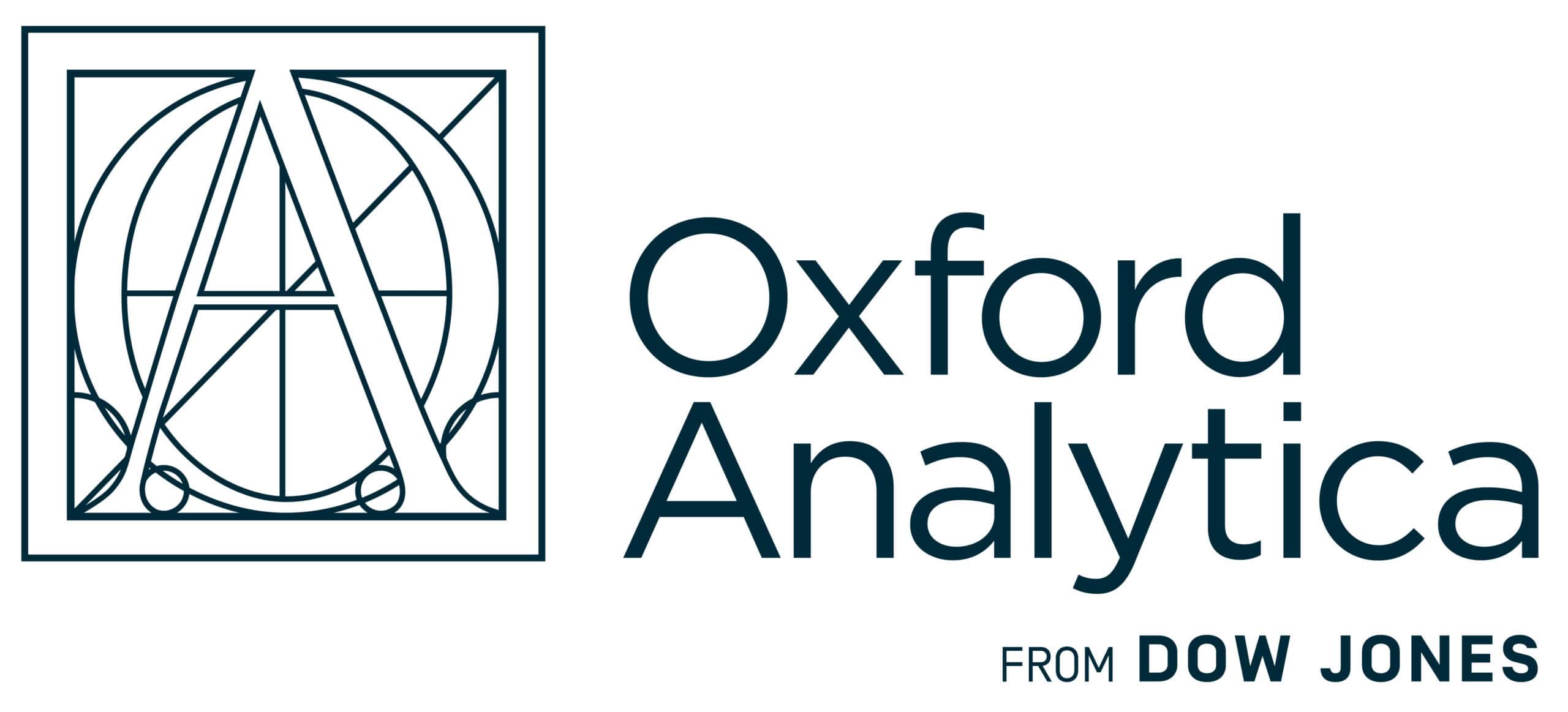Days before the June 1 second round of presidential polls, the race is too close to call
Poles will vote in the second round of presidential elections on June 1, after an unexpectedly close result in the May 18 first round. Government-backed liberal Warsaw Mayor Rafal Trzaskowski won 31.4% of the vote, ahead of right-wing Law and Justice (PiS) party-aligned Karol Nawrocki on 29.5%. Opinion polls suggest a tight race between the two, each with similar levels of support.
What’s next
Subsidiary Impacts
- Younger voters’ support for fringe candidates challenges Poland’s PiS-Civic Coalition duopoly.
- Victory for Trzaskowski would raise pressure on the prime minister to deliver reforms.
- A Nawrocki win would result in destabilising recriminations within the ruling coalition.
Analysis
The first-round result significantly altered the candidates’ calculations for the run-off (see POLAND: Stakes will be high in presidential polls – May 6, 2025).
Trzaskowski’s comfortable lead over Nawrocki in opinion polls gradually declined during the last two weeks of the campaign leading up to the first round (see POLAND: Trzaskowski may opt for risky moves – April 29, 2025). The unexpectedly close result, leaving Trzaskowski with less than a 2-percentage-point (pp) lead, galvanised the Nawrocki campaign, which had previously fretted about its poor run-off polling.
Nawrocki’s better-than-expected showing appears to have convinced a previously sceptical public that he is capable of mounting a serious challenge to Trzaskowski. The shift is visible in the latest second-round polling: averages put Trzaskowski at 47% and Nawrocki at 46%, with 7% of voters still undecided.
Crowded fringe
The first round yielded surprises among other candidates as well.
Candidates whose voters were expected to migrate to Trzaskowski’s camp in the run-off underperformed (see POLAND: Centrist vote may fracture at upcoming poll – December 16, 2024). Conservative Parliament Speaker Szymon Holownia and left-wing candidates Magdalena Biejat, Adrian Zandberg and Joanna Senyszyn only won a combined 15% of the vote, at least 5 percentage points short of expectations.
Trzaskowski-aligned candidates underperformed in the first round
At the same time, the far right’s Mentzen and Grzegorz Braun together secured over 21% of the vote. This outcome contributed to the Nawrocki campaign’s momentum, leaving Trzaskowski on the back foot and Prime Minister Donald Tusk’s government clearly disconcerted about the prospect of defeat.
The turnout factor
Turnout will be one of the key factors determining the run-off outcome. The first round saw a turnout of 67.3%, up from 64.5% in the similarly high-stakes presidential election of 2020. The June 1 run-off may see an even higher turnout, spurred by the closely contested nature of the race.
Trzaskowski would be more likely to benefit from higher turnout, particularly if it approaches the 2023 parliamentary elections figure of 74.4%, which propelled Tusk’s coalition into power.
Compared with the 2023 figure, data from the Polish Electoral Commission shows that the May 18 first-round turnout was substantially lower — often by 10 pp or more — in western Poland, where liberal parties tend to fare better. In eastern Poland, a conservative stronghold, that difference was generally no more than 5 pp.
This suggests that Nawrocki’s strong showing has less to do with his campaign performance and more to do with the relatively higher rates of abstention in areas where Trzaskowski expected to perform well. Hence, all else being equal, an overall rise in turnout is more likely to result in increased support for Trzaskowski.
Turnout in liberal-leaning western Poland was lower than in 2023
Shifts in the profile of young voters may complicate matters.
The 18-29 cohort is less consistent in its turnout. In 2023, it was a source of support for moderate parties. However, over 50% of voters from this age group opted for anti-establishment candidates such as Mentzen and Zandberg in the first round, pointing to a more radical mood.
A large abstention rate among this demographic would likely benefit Nawrocki.
Vote transfers
The behaviour of voters that cast their ballots for candidates other than Trzaskowski and Nawrocki will be hard to predict. Neither run-off contender can hope simply to inherit the votes of ideologically adjacent first-round competitors.
Left-wing and moderate conservative voters
Trzaskowski has the endorsement of members of Tusk’s government, Holownia, Biejat and Senyszyn. Holownia’s support may help Trzaskowski among moderate conservatives, but Biejat and Senyszyn have less traction on the left.
Zandberg, who performed best among leftists, has refused to support either candidate. For his supporters, anti-establishment voting may be more important than ideological adjacency.
It therefore looks increasingly likely that many left-wing voters will sit out the run-off rather than support Trzaskowski; some Zandberg supporters may even cast their ballots for Nawrocki. Trzaskowski’s shift to the right during the campaign — as well as the government’s poor record in addressing issues key to this voter bloc, such as abortion and LGBT rights — means that enthusiasm for him on the left is muted at best.
Right-wing voters
At the same time, Nawrocki has been working hard to scoop up voters on his right flank. He has signed up to Mentzen’s eight-point policy programme — which includes provisions such as preventing Ukraine’s NATO accession, opposing EU initiatives that weaken Poland’s sovereignty and protecting gun ownership — and responded positively to demands by Braun, who challenged the run-off candidates to oppose claims of Polish involvement in the Holocaust and end Hannukah celebrations.
Still, many first-round supporters of Braun — a pro-Russian monarchist who unexpectedly won 6.3% of the vote — likely cast a protest vote and are no more sympathetic to PiS than to Tusk’s Civic Coalition (KO). Meanwhile, the 4% of voters who opted for other fringe independent candidates are probably closer to Nawrocki than to Trzaskowski, and are also likelier to abstain.
It is therefore Mentzen supporters — estimated at around 15% of the electorate, based on the first-round results — who remain the most important voter bloc that Nawrocki will seek to appeal to. In pre-election polling, some two-thirds of Mentzen’s supporters indicated that they would choose Nawrocki in a run-off.
Trzaskowski’s strategy
Trzaskowski has already moved to deny Nawrocki a slice of that key electorate. His team has made overtures to a segment of Mentzen supporters for whom economically liberal policies are more important than nativism.
Last week, Trzaskowski appeared on Mentzen’s social media accounts for a discussion. He agreed to some of his policy positions, such as opposition to tax rises, to stricter gun control and to sending Polish troops to Ukraine. Mentzen then hosted Trzaskowski and Foreign Minister Radoslaw Sikorski at his pub, in what appeared to be a cordial rendezvous.
Trzaskowski’s double-pronged strategy — seeking to mobilise the 2023 centrist vote and to siphon off some Mentzen supporters from Nawrocki — is risky but may be his best bet to secure victory.
Outlook
Recent scandals implicating Nawrocki — from accusations of defrauding a pensioner to claims of involvement in a prostitution ring — have apparently done little harm to his standing and may even benefit him among anti-establishment voters (see POLAND: Scandals may help rather than hurt Nawrocki – May 27, 2025).
Trzaskowski will enter the run-off with a slight advantage, especially if turnout increases. However, there is enough uncertainty to make a Nawrocki victory almost equally possible.



